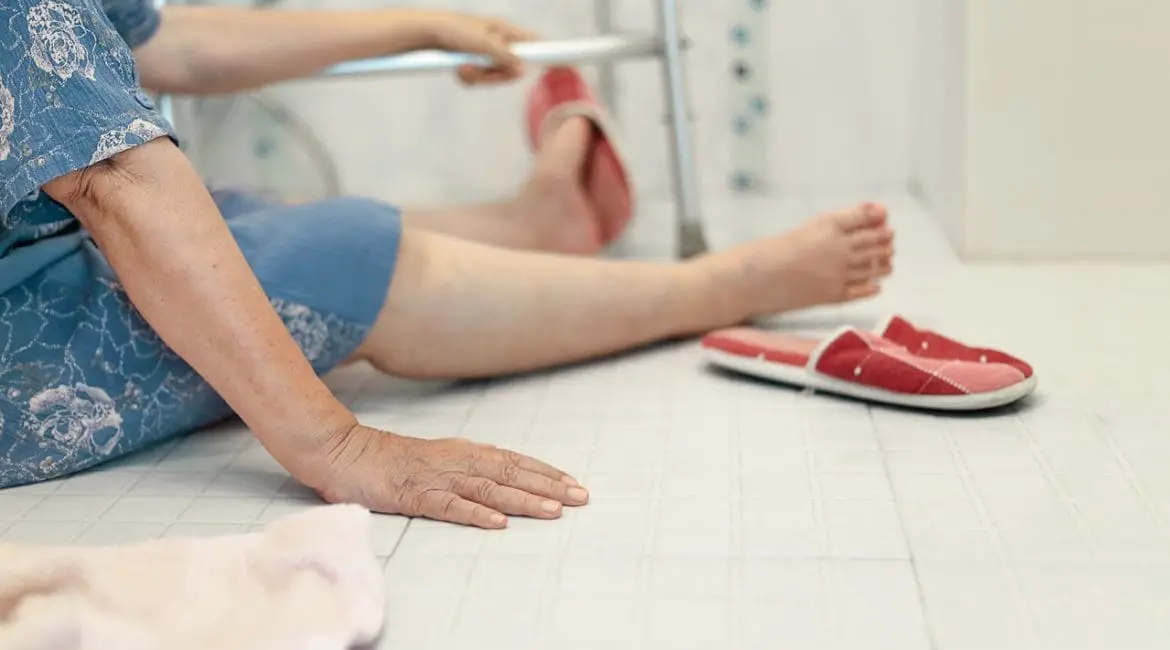The risk of suffering from various health issues inevitably increases as we age. One such issue that particularly affects older adults is hip fractures. Given the potential for serious complications, it’s essential to understand this issue’s prevalence and explore prevention strategies.
The Prevalence of Hip Fractures Among Older Adults
Research paints a concerning picture when it comes to the prevalence and impact of hip fractures in older adults. According to a recent study, the 1-year mortality rate for patients with severe dementia who suffered hip fractures was 28%, compared to 12% for those without dementia.
Another study noted that the mortality rates for patients with hip fractures are significant, ranging from 15% to 36% Healthinaging.org estimated that 18 to 33 percent of all older adults who have suffered hip fractures will die within a year, with even higher rates for those with pre-existing health conditions.
A report from JMIR Aging suggested a 17%-25% 1-year mortality rate following hip fracture or its surgical repair in older adults. Nature.com reported that the cumulative mortality rate within three months after a hip fracture was 25.0%.
CNN further emphasized the severity of the issue, stating that one in three adults aged 50 and over dies within 12 months of suffering a hip fracture. This alarming statistic underscores the urgent need for prevention strategies.
Preventing Hip Fractures: Strategies for Older Adults
While the statistics may be daunting, it’s important to remember that there are proactive steps older adults can take to reduce their risk of hip fractures. Here are some recommended strategies:
- Diet Rich in Calcium – Eat calcium rich foods to help strengthen bones and muscles.
- Regular Exercise: Regular physical activity helps to strengthen muscles and improve balance, both of which can help to prevent falls and related injuries. I’ve been enjoying the Dynamic Triathlete app. It’s for anyone and I get a discount that I can offer. The link is: https://www.dynamictriathlete.com/stretching-for-triathletes?ref=https%3A%2F%2Fwww.dynamictriathlete.com%2Fa%2F2147525965%2F42Q86k6x and the discount code for 15% off is HJMTMEDIA.
- Bone Density Testing: Regular bone density testing can detect osteoporosis, a condition that weakens bones and makes them more prone to fractures. Early detection allows for early treatment, which can reduce the risk of hip fractures.
- Adequate Nutrition: Consuming a diet rich in calcium and vitamin D is essential for maintaining strong, healthy bones.
- Fall-Proofing the Home: Simple changes like removing tripping hazards, improving lighting, and installing handrails can make a big difference in preventing falls.
- Regular Check-ups: Regular health check-ups can help identify potential issues that could increase the risk of falls.
While hip fractures are a significant concern for older adults, they are not an inevitable part of aging. By understanding the risks and taking proactive steps towards prevention, it’s possible to significantly reduce the risk of this serious health issue.

